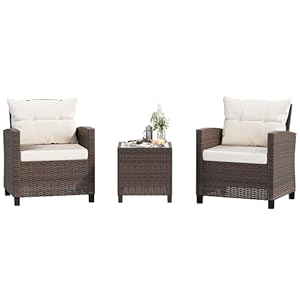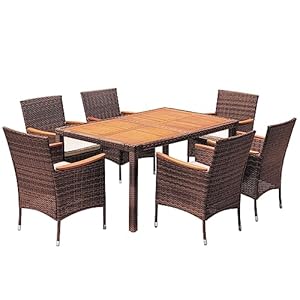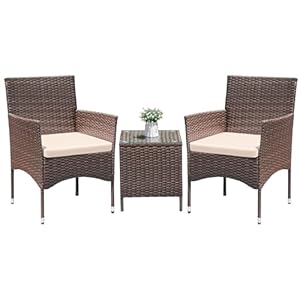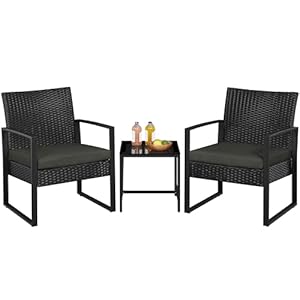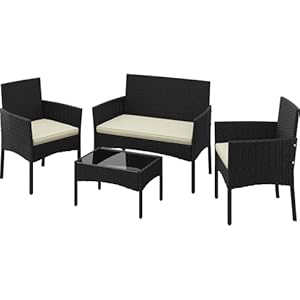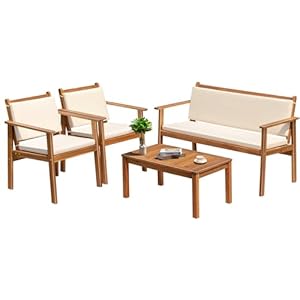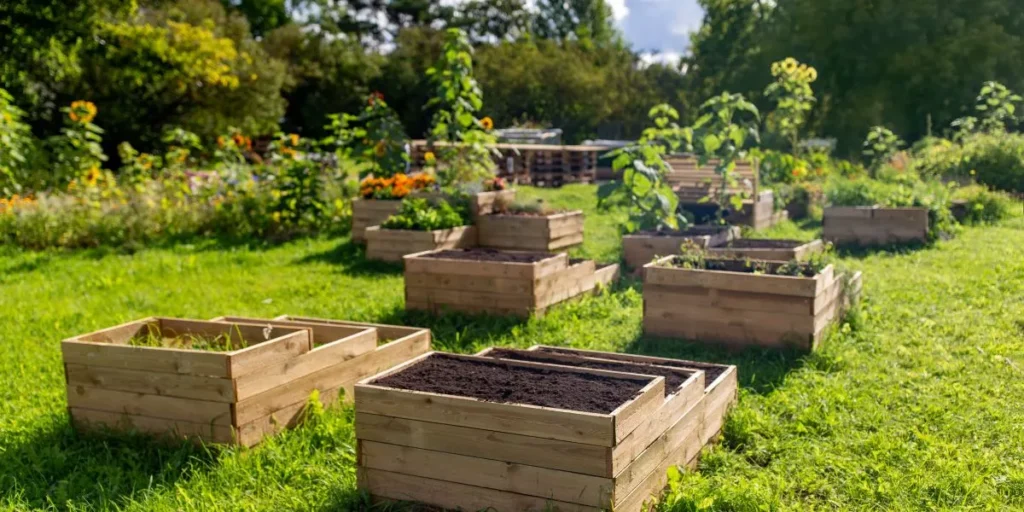
When designing raised garden beds, you must consider various factors to ensure successful plant growth and productivity. From selecting the optimal location to choosing the right materials and implementing efficient irrigation methods, each step plays a crucial role in the overall outcome of your garden. By following these essential tips, you can lay a solid foundation for a flourishing garden bed that will not only enhance your outdoor space but also provide you with a bountiful harvest.
Selecting the Right Location
When designing raised garden beds, always prioritize selecting the right location for optimal plant growth and overall garden success. Start by observing the area you have in mind for your garden beds. Ensure it receives ample sunlight, ideally 6-8 hours per day, for most vegetables and flowers to thrive. Additionally, consider the proximity to a water source for easy irrigation. Plants need consistent watering, so placing the beds near a water outlet can make maintenance more manageable.
Take note of the ground slope as well. It’s best to choose a level area or a gentle slope to prevent water runoff and ensure even distribution of water and nutrients to all plants. Avoid low-lying areas that may become waterlogged during heavy rains, as this can lead to root rot and other issues.
Furthermore, assess the soil quality in the chosen location. Conduct a soil test to determine its pH level and nutrient content. This will help you decide if any amendments are necessary to create the optimal growing environment for your plants. By carefully selecting the right location for your raised garden beds, you set the foundation for a successful and flourishing garden.
Choosing the Best Materials
For optimal raised garden beds, consider selecting materials that are durable and weather-resistant. When choosing the best materials for your raised garden beds, opt for rot-resistant wood such as cedar or redwood. These woods can withstand the elements and typically last longer than other types of wood.
Another excellent option is composite material, which is a mix of wood fibers and recycled plastic. Composite materials are durable, low-maintenance, and can mimic the look of natural wood.
Alternatively, you can use concrete blocks or bricks for a long-lasting and sturdy raised bed. These materials offer excellent durability and can create a clean and modern aesthetic for your garden.
If you prefer a more rustic look, consider using stacked stones or rocks. These natural materials can blend seamlessly into your garden landscape while providing a sturdy structure for your plants.
Remember to avoid treated wood that may contain harmful chemicals that can seep into your soil. By choosing the right materials, you can ensure that your raised garden beds aren’t only functional but also visually appealing.
Determining the Ideal Size
Wondering how to determine the ideal size for your raised garden beds? When deciding on the size of your raised garden beds, consider your available space, the types of plants you want to grow, and your gardening goals.
A common recommendation is to keep the width of your raised bed between 3 to 4 feet. This width allows you to comfortably reach the center of the bed from either side without stepping into the garden soil, ensuring easy access for planting, weeding, and harvesting.
In terms of length, the size of your garden bed can vary depending on the available space and your preferences. However, keeping the length under 8 to 12 feet is generally advised to prevent soil compaction in the center of the bed.
Additionally, consider the height of your raised garden bed, with heights ranging from 6 to 12 inches being common. Taller beds are beneficial for individuals with mobility issues or those looking to minimize bending and stooping while gardening.
Implementing Efficient Irrigation
To ensure your raised garden beds receive adequate water, efficient irrigation methods must be implemented. Drip irrigation is a recommended technique for raised beds as it delivers water directly to the root zone, reducing water waste through evaporation or runoff.
Installing a soaker hose along the length of the bed is another effective option, allowing for slow and consistent watering. Consider incorporating a timer into your irrigation system to automate watering schedules, ensuring your plants receive water at the optimal times without manual effort.
Mulching the soil surface can also help retain moisture, reducing the frequency of watering needed. Additionally, grouping plants with similar water requirements together in your raised beds can help streamline irrigation efforts.
Regularly monitor soil moisture levels to adjust your watering routine as needed, preventing both under and overwatering. By implementing these efficient irrigation practices, you can promote healthy plant growth and maximize the productivity of your raised garden beds.
Garden

